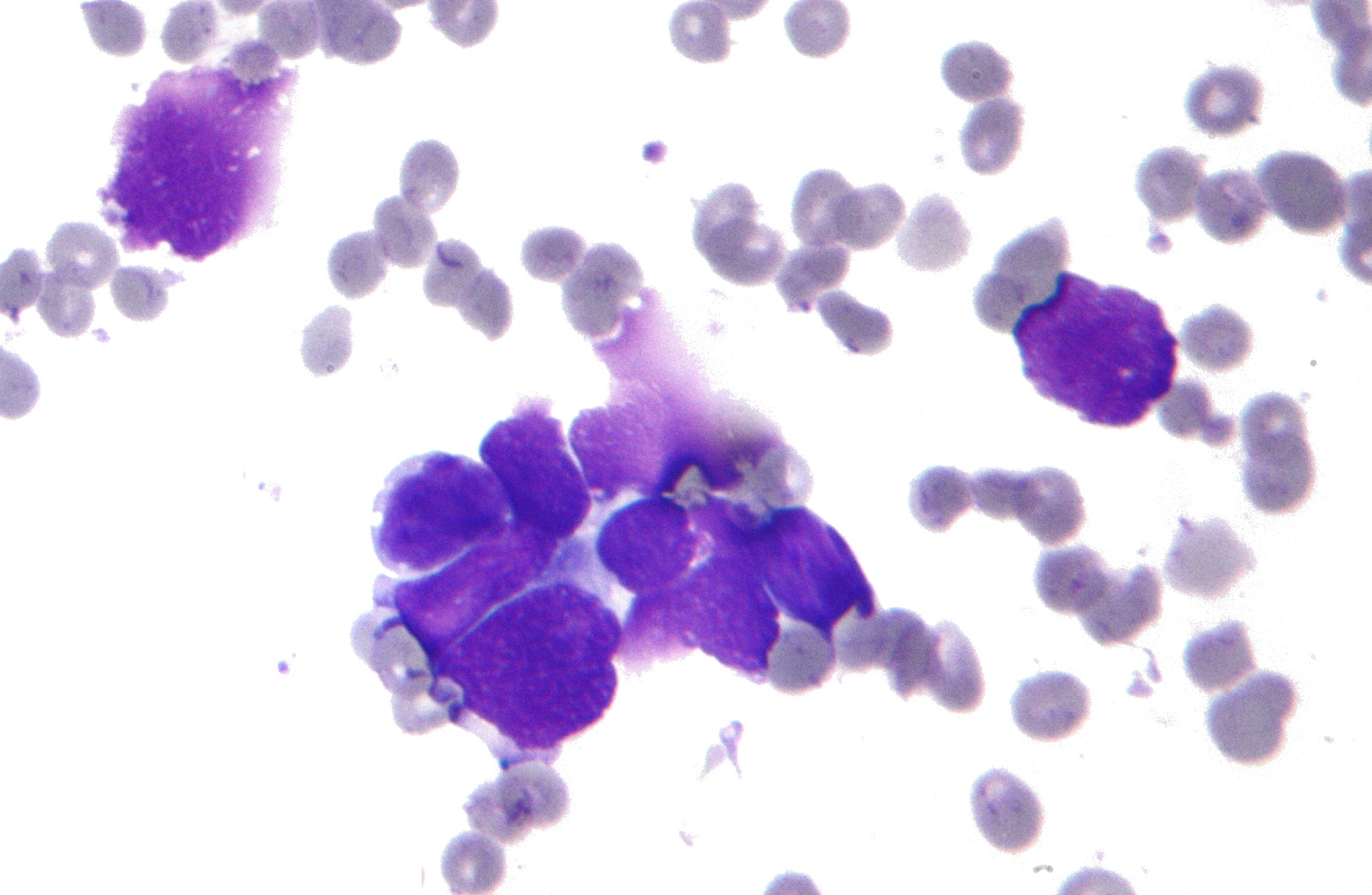A new way to spot cancerous cells speedily, by looking at their stiffness, has been developed by US  scientists.
scientists.
Cancers and a range of other diseases are associated with an abnormal build-up of fluid around the lungs.
Known as a pleural effusion, doctors tap off this fluid to give relief to the patient and also so that a sample can be examined beneath the microscope to look for abnormal cells, which can provide clues as to the underlying diagnosis.
Despite this, cytology - as this process is known - is time-consuming, requires a specialist eye and also has a low pick-up rate.
Now, with an invention that can sort through cells and one-by-one measure their stiffness, Dino Di Carlo and his colleagues at UCLA in California may have found a way to automate and, at the same time, dramatically improve the sensitivity and specificity of the process.
Their method involves feeding cells from an effusion down a fine tube; as they speed along the tube they suddenly hit a wall of fluid moving the opposite way, which has the effect of squeezing the cell.
Owing to their underlying abnormalities, cancer cells are routinely "softer" than their benign counterparts, meaning that they deform more readily, and this can be measured.
The team compared cells collected from 119 patients with malignancies and non-malignant inflammatory conditions and found that they "deformability" test could readily distinguish between cancerous and non-cancerous conditions.
Concluding their paper in Science Translational Medicine, where the work is published, the team acknowledge that their technique isn't ready for the clinic quite yet, requiring more validation, testing and commercial work up.
However, setting even very conservative detection limits to make sure no potential cancer cases could be missed, they point out that their approach could reduce the workload of a cytology laboratory by almost half, enabling specialists to focus on the 50% of samples more likely to be linked to serious underlying diseases.
- Previous Surfaces that bounce liquids off
- Next Bacteria pick up mammoth DNA










Comments
Add a comment